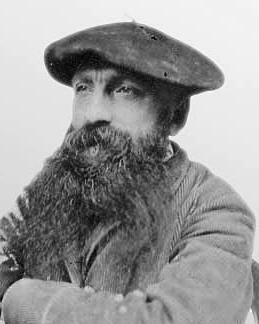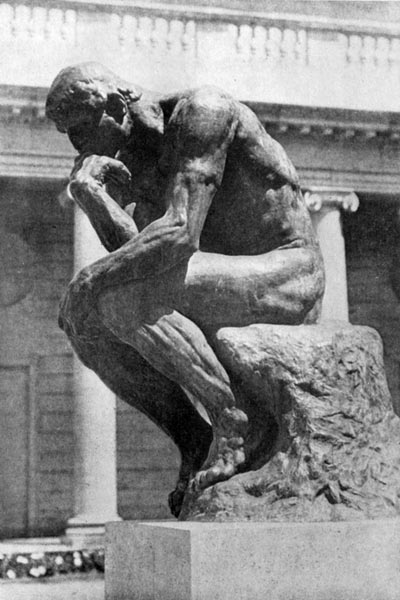
Created during his Surrealist period, Picasso captures the horror of the bombing of the Basque town of Guernica, which killed many innocent civilians during the Spanish Civil War. By 1936 the Spanish Civil War had greatly affected him, the expression of which is evident in his painting Guernica.
 Picasso’s association with the Communist Party began in 1944. He lived in southern France from the late 1940s. In 1961 Picasso married Jacqueline Roque, and they moved to Mougins. There Picasso continued his historic work in painting, drawing, prints, ceramics, and sculpture until his death on April 8th, 1973.
Picasso’s association with the Communist Party began in 1944. He lived in southern France from the late 1940s. In 1961 Picasso married Jacqueline Roque, and they moved to Mougins. There Picasso continued his historic work in painting, drawing, prints, ceramics, and sculpture until his death on April 8th, 1973.*Quiz*
1) What is Picasso’s first name?
a. Pablo b. Paulo c. John d. Vincent
2) What country was Picasso born in?
a. United States b. Spain c. Peru d. Australia
3) Picasso’s style developed from the Blue Period to the Rose Period.
True False
4) Picasso’s painting about the horrors of the Spanish Civil War was named after the town of ___________.
a. Paris b. Atlanta c. Guernica d. Cancun
5) One of Picasso’s most famous works is Starry Night.
True False


